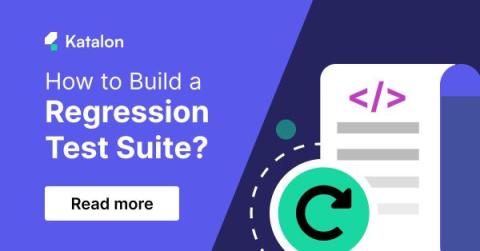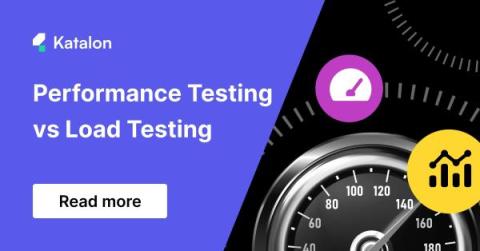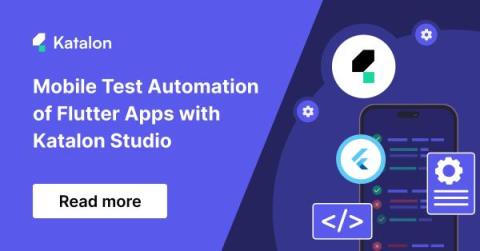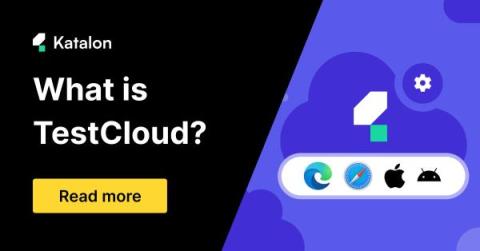Katalon vs Cypress: A Detailed Comparison
When it comes to automation testing, Katalon and Cypress are among the most loved choices. Prized for their simplicity, ease of use, and powerful capabilities, they are both a great choice for any teams wanting to improve their testing efficiency. However, Katalon and Cypress have their own unique strengths that fit specific testing needs. If you are considering which tool to choose for your team, read on.











